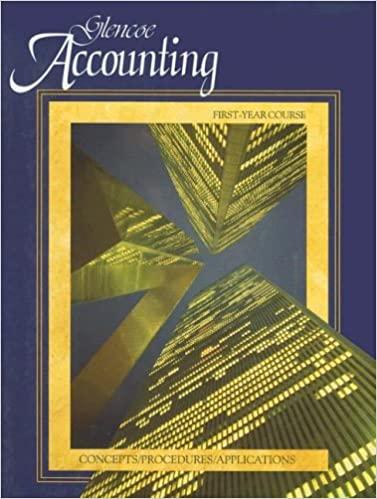Answered step by step
Verified Expert Solution
Question
1 Approved Answer
1 . What is meant by 'corporate inversion'? And what benefit is derived by U . S . companies from this strategy? Does it necessarily
What is meant by 'corporate inversion'? And what benefit is derived by US companies from this strategy? Does it necessarily change the operational structure or functional location of a US company?
What are some of the laws put in place by the Tax Cuts and Jobs Act TCJA in to offset profit shifting? What specifically do these laws do to recapture income reported outside the
U S
Explain the foreign earned income exclusion? How does the physical presence test come into play regarding this exclusion?
There are two bases on which countries typically exercise income tax jurisdictions connections between the taxpayer and the taxing country residence and connections between the taxpayer's income and that county source Explain and, in doing so contrast these two approaches to the taxation of international flows of income.
What is the idea of capital export neutrality?
Briefly explain the significance of the decision in Cook v Tait.
To mitigate or eliminate international double taxation of the foreign income of US citizens, the US relies on several devices. One way is your answer to # above. What other ways has the US helped its citizens mitigate or eliminate international double taxation of the foreign income? hint one involves the US and other countries and the other involves reducing the tax obligation on your income tax return
Explain what a CFC and PFIC are designed to do ie their principal purpose
Describe the distinction in the US taxation of a resident and nonresident.
Foreign business and investment activities in the US are often collectively referred to as
'inbound taxation' As it relates to a foreign taxpayer's USsource gross income explain what is meant by 'effectively connected income ECI and income that is fixed or determinable annual or periodical FDAP How did FDAP relate to the the Wodehouse and Barba cases?
Carlos is an individual citizen and resident of Brazil. His startup company negotiates cooperation with a US corporation, which requires him to visit the US Does Carlos satisfy the objective substantial presence test of IRC section bA in the following cases?
a He spent the st full months of Year thru Year In the US Does Carlos meet the substantial presence test in Year
b He spent days in the US in each of Year and Year and the whole month of June in Year Does Carlos meet the substantial presence test in Year
Step by Step Solution
There are 3 Steps involved in it
Step: 1

Get Instant Access to Expert-Tailored Solutions
See step-by-step solutions with expert insights and AI powered tools for academic success
Step: 2

Step: 3

Ace Your Homework with AI
Get the answers you need in no time with our AI-driven, step-by-step assistance
Get Started


